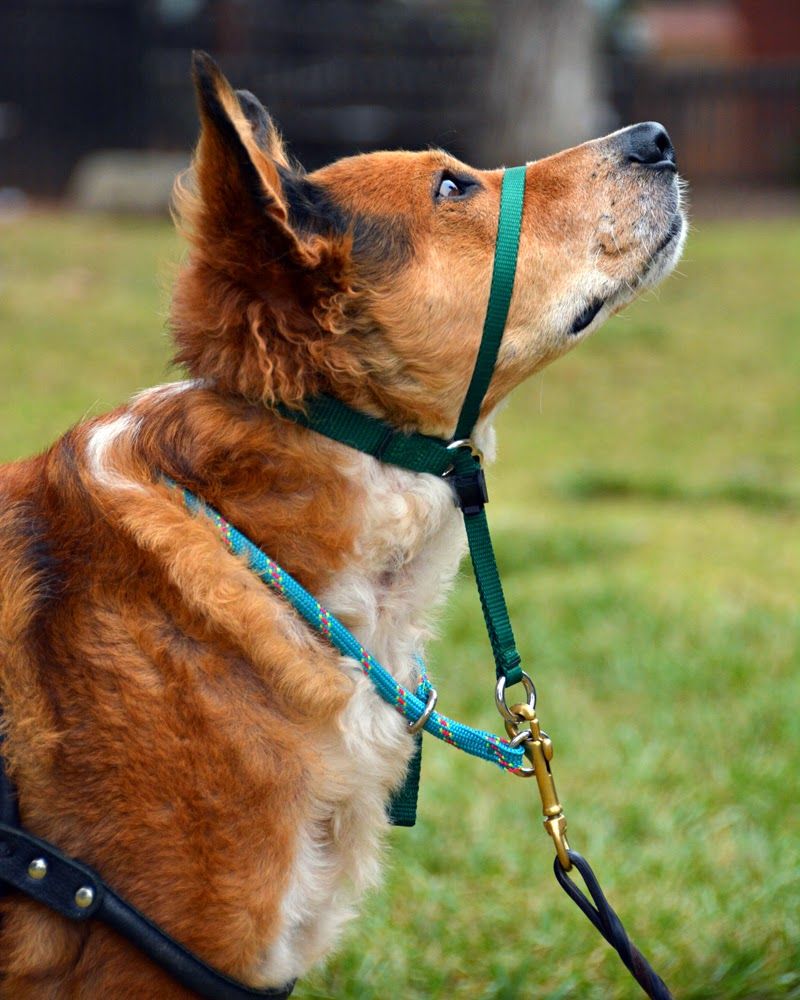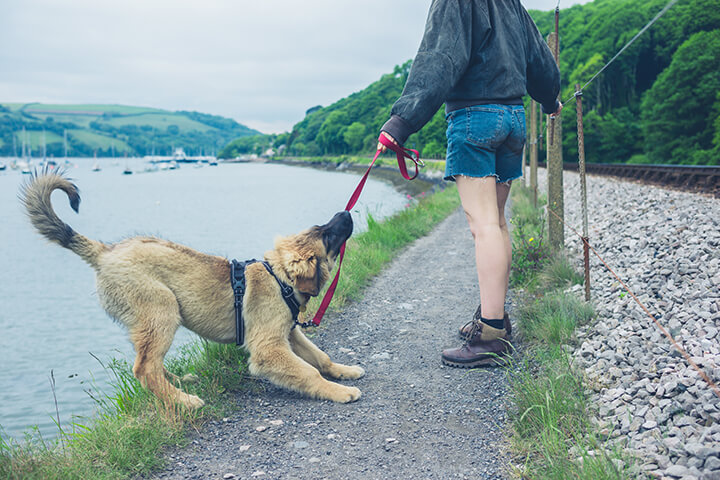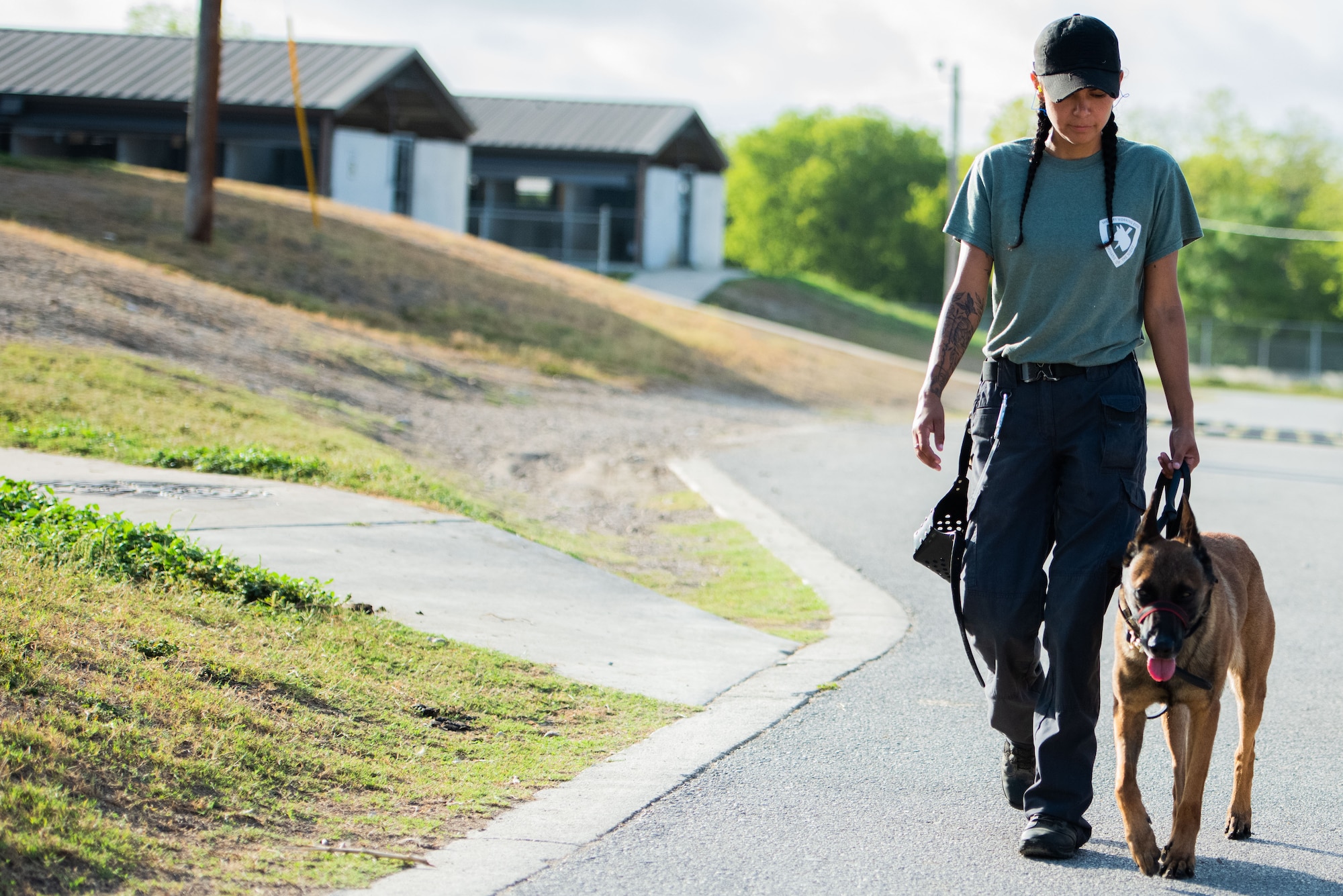Are Gentle Leaders Safe For Dogs

Urgent warnings are surfacing regarding the safety of Gentle Leaders, a popular dog training tool. Veterinary professionals and canine behaviorists are raising concerns about potential injuries associated with improper use.
This article explores the debate surrounding Gentle Leaders, examining reported injuries, expert opinions, and providing guidelines for safe usage, or alternative training methods.
The Controversy: Injuries and Misuse
Reports are increasing about dogs sustaining injuries while wearing Gentle Leaders. These injuries range from mild abrasions to more severe neck and spinal trauma.
Dr. Emily Carter, a veterinary neurologist at the Animal Medical Center in New York, stated, "We've seen cases of cervical injuries potentially linked to the sudden jerking or pulling on Gentle Leaders, particularly in dogs with pre-existing conditions."
Misuse is a significant contributing factor. Many owners unknowingly apply excessive force, or fail to properly acclimate their dogs to the head halter.
Expert Opinions: A Divided Front
Opinions are divided within the professional dog training community. Some trainers advocate for Gentle Leaders as effective tools for managing strong or reactive dogs.
Sarah Johnson, a certified professional dog trainer, emphasizes that, "When used correctly, and with positive reinforcement, Gentle Leaders can provide owners with better control and improve walking manners without causing harm."
However, other experts strongly advise against their use. They argue that the risk of injury outweighs the potential benefits.
Dr. Mark Thompson, a board-certified veterinary behaviorist, warns, "The head is a sensitive area. Any device that applies pressure to the neck and muzzle carries a risk, especially if the dog pulls or lunges."
He further suggests, "Alternative training methods focusing on positive reinforcement and management techniques should always be the first approach."
What the Data Shows
Data on injury rates directly attributable to Gentle Leaders is limited. A recent survey conducted by the American Veterinary Medical Association (AVMA) showed that of the responding veterinarians, 15% reported having treated dogs with injuries potentially related to head halters.
The AVMA emphasizes the importance of proper training and fitting of any restraint device. The study highlights the need for more research on the long-term effects of Gentle Leader use.
According to Pet Poison Helpline, calls regarding complications from training devices are on the rise, although specific data related to Gentle Leaders is not isolated in their tracking system.
Safe Usage Guidelines: A Cautious Approach
If you choose to use a Gentle Leader, prioritize safety. Proper fitting is paramount. The halter should fit snugly but not restrict breathing or movement.
Gradual acclimation is crucial. Introduce the Gentle Leader slowly, using positive reinforcement such as treats and praise. Never force it on your dog.
Avoid sudden jerks or pulls. Use gentle guidance and redirection instead. Seek guidance from a qualified, certified professional dog trainer experienced with head halters.
Alternatives to Gentle Leaders
Several alternatives can achieve similar results with potentially lower risk. These alternatives include front-clip harnesses, which distribute pressure across the chest, and positive reinforcement training techniques.
Front-clip harnesses discourage pulling by redirecting the dog's movement when they pull. Training with positive reinforcement focuses on rewarding desired behaviors, creating a positive association with walking calmly on a leash.
Consulting with a certified professional dog trainer or a veterinary behaviorist can help determine the most appropriate and safe training approach for your dog.
Considerations for Specific Breeds and Conditions
Certain breeds and dogs with pre-existing conditions may be more susceptible to injury. Brachycephalic breeds (short-nosed dogs) like Bulldogs and Pugs might experience breathing difficulties if the halter is too tight.
Dogs with neck or spinal issues should avoid Gentle Leaders altogether. Consulting with your veterinarian is essential before using any training device, especially if your dog has underlying health concerns.
Puppies also require special consideration. Their developing necks and spines are more vulnerable to injury. Alternative training methods are generally recommended for young dogs.
Next Steps and Ongoing Developments
Further research is needed to fully understand the risks and benefits of Gentle Leaders. Veterinary and training organizations are encouraged to collaborate on studies to assess injury rates and long-term effects.
Owners are urged to educate themselves about proper usage and potential risks. Open communication with veterinarians and certified trainers is crucial for ensuring the safety and well-being of their dogs.
The current debate highlights the importance of choosing training methods that prioritize the dog's physical and emotional well-being. Responsible dog ownership involves making informed decisions based on evidence and expert advice.


















